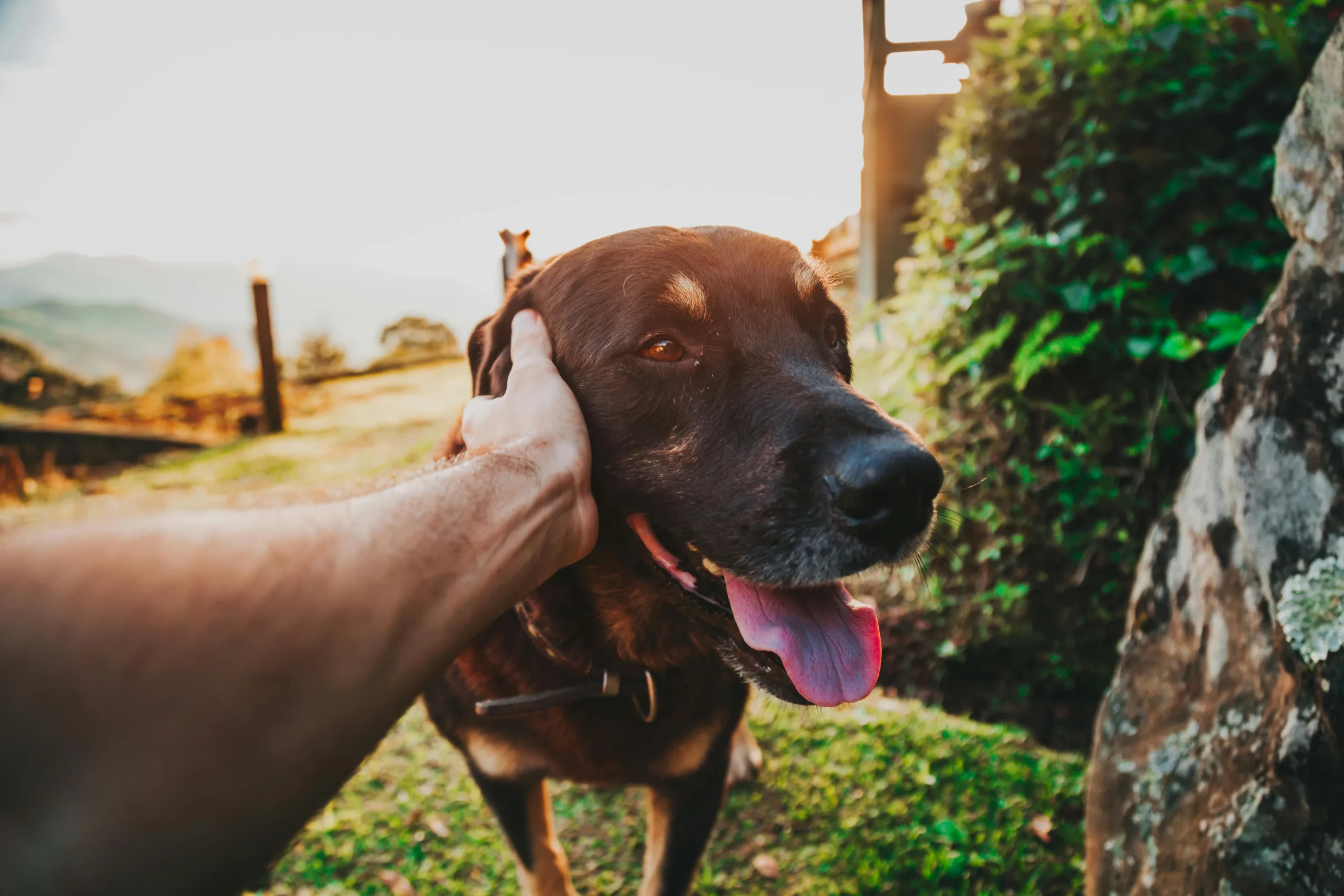
How to mix dry and raw food
How to mix dry and raw food
Raw feeding and dry food/canned food – can they be mixed?
This is probably a topic that everyone will have a different opinion on. Mixing raw feeding ingredients and dry food?
Isn’t this bad for your dog’s digestive system? Doesn’t it reduce the benefits of raw food? We often encounter these questions.
In our opinion, even a mixed solution is better than nothing (or dry food).
Based on our recommendation, it is worth adding as much raw food as possible to the diet, but if someone can only manage a mixed solution (for financial or other reasons), that is still better than nothing. >Based on our recommendation, it is worth adding as much raw food as possible to the diet, but if someone can only manage a mixed solution (for financial or other reasons), that is still better than feeding exclusively dry food.
Myths about mixing dry food and raw food
The reason why mixing the two types of food is generally discouraged is that dry and raw food are digested in different ways. Dry foods contain a large amount of starch, usually between 30 and 60%. When such a large amount of starch enters a dog’s digestive system, it undoubtedly disrupts digestion – although it is said that our pets have adapted well to large amounts of processed food, as they have been living with us for a long time – but at what cost? Think of various allergies, nutrient intolerances, and pancreatitis.
That’s why if you feed your dog a combination of dry food and raw food instead of just dry food, you’ve already reduced the amount of starch they consume and are helping their digestion by giving them larger amounts of easily digestible raw meat, which is much closer to their natural diet than “grazing in a cornfield.”
You can think of it this way: when you eat a sandwich, you are consuming both meat and flour at the same time. Although the two are digested in completely different ways, your digestive system can handle it.
The situation is similar with pet food – our dog gets both meat and “bread” in the form of grains at the same time.
The only “small” difference is that humans are omnivores, while dogs are basically carnivores. Carnivores’ bodies have a harder time coping with grains and carbohydrates because they were not “designed” for them.
Of course, it is understandable that not everyone can completely switch to raw feeding for some reason. Regardless, if we keep our pets’ health in mind, it is worth shifting the balance toward raw meat and possibly meat on the bone as often and as much as possible.
Raw feeding is powerful, even if we can’t provide it completely
In a perfect world, all dogs and cats would live on a 100% raw diet, but in reality, this is not feasible for all owners today.
If you often have to leave your dog or cat in the care of someone who is not familiar with raw feeding, or if the dog daycare cannot provide it, or if you cannot switch to a completely raw diet for financial reasons, it is still recommended to sneak some raw ingredients into their daily meals in some way.
In fact, even a small amount of fresh raw meat can greatly improve your pet’s health and digestion. Of course, we recommend incorporating as much raw food into your pet’s diet as you can afford.
And we support owners who want to try raw feeding in some way—e.g., with trial packs or complete starter packs—without feeling that there is no turning back and that from now on, raw feeding is the only option for them in the future once they have made the switch.
The best way to combine raw feeding and dry food
If you can only add a little raw food to dry food each week, you are already doing more for your pet’s health than if you didn’t change anything. In addition, supporting your dog’s digestion with probiotics and complete supplements will further balance the functioning of their digestive system.
To use a human example, it’s like ordering a hamburger and salad instead of just french fries for lunch. Of course, the hamburger may still not be the best choice, but at least the salad balances out the calorie, fiber, and vitamin intake compared to eating only a large plate of calorie-rich French fries for lunch.
If you often have to leave your dog or cat in the care of someone who is not familiar with raw feeding, or if dog daycare is not available, or if you cannot switch to a completely raw diet for financial reasons, it is still recommended to sneak some raw ingredients into your pet’s daily meals.
In fact, even a small amount of fresh raw meat can greatly improve your pet’s health and digestion. Of course, we recommend incorporating as much raw food into your pet’s diet as you can afford.
And we support owners who want to try raw feeding in some way—e.g., with trial packs or complete starter packs—without feeling that there is no turning back and that from now on, raw feeding is the only option for them in the future once they have made the switch.
The best way to combine raw feeding and dry food
If you can only add a little raw food to dry food each week, you are already doing more for your pet’s health than if you didn’t change anything. In addition, supporting your dog’s digestion with probiotics and complete supplements will further balance the functioning of their digestive system.
To use a human example, it’s like ordering a hamburger and salad instead of just french fries for lunch. Of course, the hamburger may still not be the best choice, but at least the salad balances out the calorie, fiber, and vitamin intake compared to eating a large plate of calorie-rich French fries for lunch (even though we know how delicious they are).
A more balanced human diet is also slowly replacing fast food with healthier options by gradually replacing calorie- and starch-rich foods with foods that are richer in fiber and vitamins and lower in calories.
It is also worth mixing nutrients in a similar way for your dog. Try giving them raw food for breakfast and kibble for dinner. Or sometimes give your dog a small meaty bone to get the extra nutrients they need for their health.
We are experts in raw feeding – feel free to ask us any questions you may have
If you have any further questions about raw feeding, food, and nutrition, please feel free to contact us.
We promise we won’t try to force you to switch to raw feeding.














